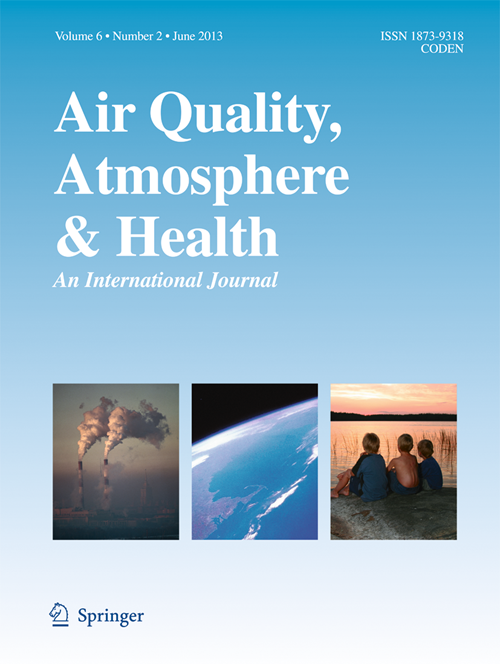Effect of Wet Scavenging on Black Carbon Aerosols over a Coastal Urban Site in India
Abstract
The Black Carbon (BC) injected into the atmosphere from various sources not only adversely affects the air quality and human health but also significantly influences the earth atmosphere climate system by modulating the global radiation budget. The BC aerosols are mainly removed from atmosphere by the wet scavenging mechanism. The representation of wet scavenging in the models is highly uncertain due to the complex microphysical processes involved and also due to the limited observations available. In this study, based on the in-situ measurements of BC and rainfall observations, the wet scavenging of BC aerosols has been comprehensively studied over a coastal urban location, Chennai (12.81°N, 80.03°E) during the South-West (SW) and North-East (NE) monsoon for the period 2018 and 2019. The average BC concentration over Chennai during SW and NE during the study period was 1.45 ± 0.4 µgm−3 and 3.28 ± 1.2 µgm−3, respectively. By making use of the rain drop size distribution observations from a Laser Precipitation Monitor (LPM) disdrometer, the theoretical estimate of the wet scavenging is calculated (using a parameter Scavenging Coefficient-Sc(rc)) and comprehensively compared with the observed BC scavenging ratio (BCSr) for different rainfall duration and rainfall intensities during the SW and NE monsoon. It was found low BCSr values of the range 0–15% were more frequent. The peak Scavenging Coefficient for light rain and very heavy rain are 0.6 × 10–6 and 3.8 × 10–6 respectively. The theoretical estimate of the wet scavenging showed an increase with increase in rainfall intensity linearly with a correlation coefficient 0.84 at 0.01 level significance and the maximum scavenging of the BC aerosols was found to occur for the rain drop sizes ranging between 0.5 mm and 1.8 mm over the study location.


 求助内容:
求助内容: 应助结果提醒方式:
应助结果提醒方式:


